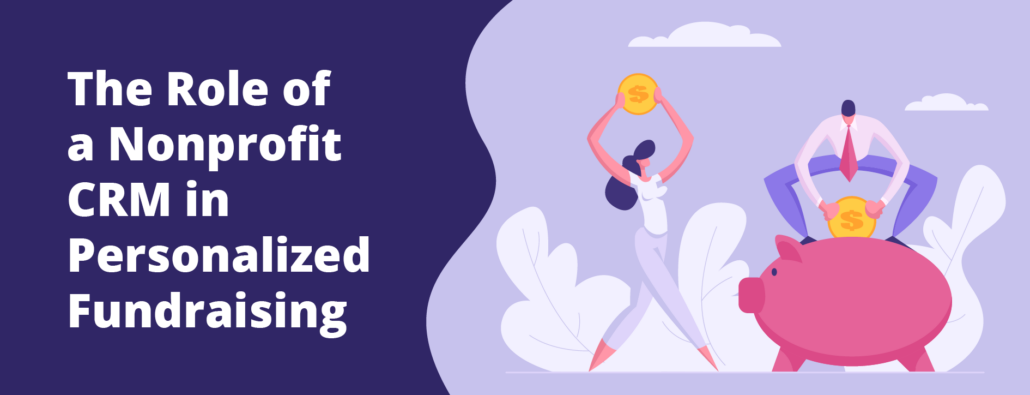Best CRM for capital raising is more than just software; it’s a strategic partner in securing funding. This guide explores how the right CRM streamlines the complex process of attracting investors, managing relationships, and ultimately, closing deals. We’ll delve into essential features, crucial integrations, and critical considerations for data security, ensuring you choose a system perfectly aligned with your fundraising objectives and budget.
The journey to securing capital can be challenging, but with the right tools, it becomes significantly more manageable.
From identifying your capital raising needs and defining key performance indicators to selecting and implementing the ideal CRM, we provide a comprehensive roadmap. We’ll analyze the critical features necessary for effective contact management, pipeline visualization, and insightful reporting, highlighting how these elements contribute to a successful fundraising strategy. The power of seamless integration with other essential tools will also be examined, emphasizing the importance of data flow for optimal efficiency and minimizing errors.
Finally, we’ll discuss best practices for data security and compliance, ensuring your sensitive investor information remains protected.
Defining Capital Raising Needs
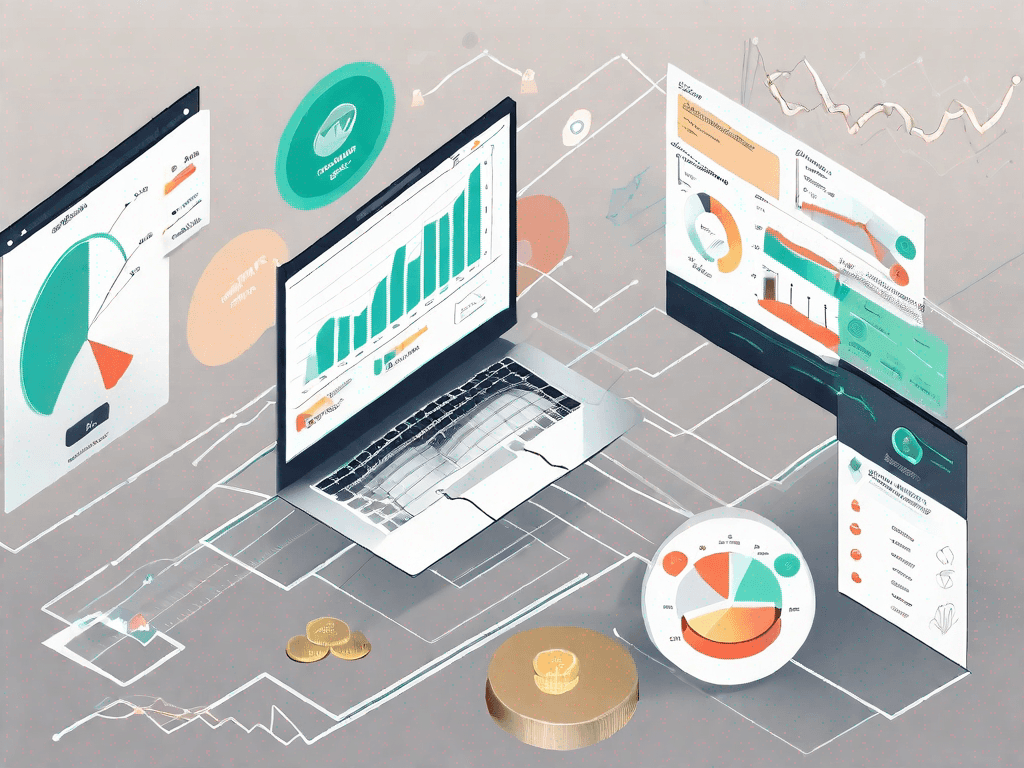
Successfully raising capital requires a strategic approach, meticulously planned and executed. A robust CRM system is crucial for managing the complexities involved, streamlining processes, and maximizing the chances of securing funding. Understanding the specific needs at each stage of the capital raising journey is paramount.The capital raising process differs significantly depending on the type and stage of the business.
Startups typically focus on seed funding, Series A, and subsequent rounds, while established companies may pursue debt financing, equity offerings, or mergers and acquisitions. Each stage necessitates different strategies and requires tracking various data points to monitor progress and make informed decisions.
Capital Raising Stages and Information Tracking
A CRM should provide a centralized repository for all investor interactions and deal-related information. This ensures consistent tracking across all stages and facilitates efficient collaboration among team members.Startups, for instance, will likely track initial investor outreach, term sheet negotiations, due diligence, and closing. Established companies may focus on managing investor relations, preparing financial reports for potential acquisitions, and tracking the progress of debt financing applications.
In both cases, the CRM should capture investor contact details (including preferences for communication), meeting notes, deal progress milestones, and key documents related to the transaction. This allows for a comprehensive view of the fundraising process and helps identify potential bottlenecks or delays.
Reporting Requirements for Tracking Capital Raising Progress
Regular reporting is vital to monitor progress against targets and identify areas needing attention. This reporting should be tailored to the specific needs of each stage of the capital raising process. Key performance indicators (KPIs) should be tracked consistently to provide a clear picture of the fundraising efforts.
| Metric | Description | Importance | Example |
|---|---|---|---|
| Number of Investors Contacted | Total number of potential investors reached out to. | Indicates the breadth of outreach efforts. | 150 investors contacted in Q1 2024. |
| Meeting Conversion Rate | Percentage of contacted investors who agreed to a meeting. | Measures the effectiveness of outreach and initial pitch. | 20% conversion rate from initial contact to meeting. |
| Deal Close Rate | Percentage of meetings that resulted in a successful funding round. | Represents the overall success rate of the fundraising efforts. | 10% of meetings resulted in funding secured. |
| Average Deal Size | Average amount of funding secured per successful deal. | Indicates the value of each successful investment. | Average deal size of $2 million. |
CRM Features for Capital Raising: Best Crm For Capital Raising
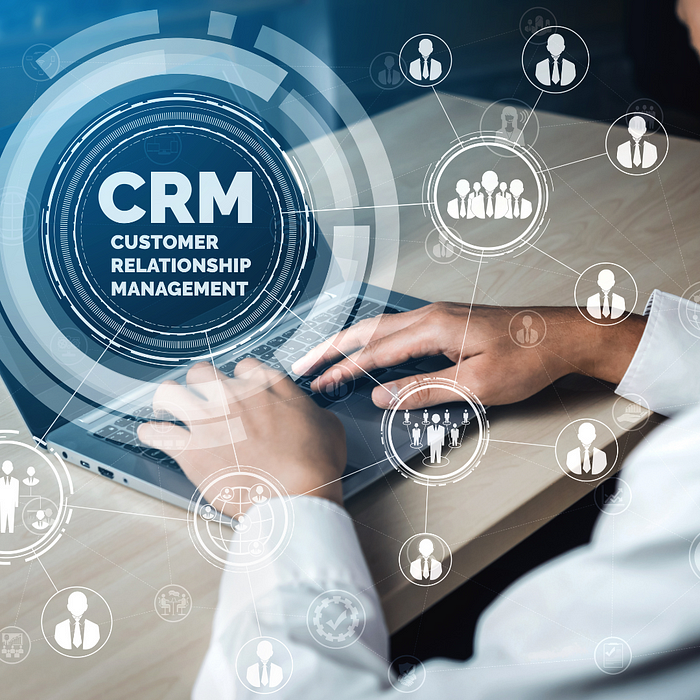
Choosing the right CRM is crucial for efficient capital raising. A well-designed system streamlines communication, tracks progress, and ultimately increases the likelihood of securing funding. The key lies in selecting a CRM with features specifically tailored to the unique demands of the fundraising process. This includes robust contact management, a clear pipeline view, and insightful reporting capabilities.
Essential CRM Features for Fundraising
Effective CRMs for capital raising go beyond basic contact management. They offer specialized features to manage the complexities of investor relations. These features significantly improve efficiency and provide crucial data-driven insights throughout the fundraising journey. The core components are contact management, pipeline management, and reporting.
Contact Management: A robust CRM allows for detailed profiles of potential and existing investors, including their investment history, preferred communication methods, and relationship notes. This detailed information enables personalized outreach and strengthens investor relationships. For example, tracking an investor’s past investments in similar companies allows for targeted communication highlighting synergies and potential returns. The system should also allow for tagging and segmentation of contacts based on various criteria, such as investment stage preference or geographical location.
This facilitates efficient targeting of specific investor groups.
Pipeline Management: Visualizing the fundraising process is paramount. A good CRM provides a clear overview of the fundraising pipeline, tracking each investor’s progress through various stages – from initial contact to due diligence to closing. This visual representation helps prioritize efforts and identify potential bottlenecks. For instance, a visual pipeline might show the number of investors at each stage (e.g., initial outreach, pitch deck sent, meeting scheduled, term sheet negotiation, closed).
This allows for immediate identification of areas needing attention and provides a clear picture of the overall fundraising progress.
Reporting and Analytics: Data-driven insights are essential for informed decision-making. CRMs for fundraising should provide comprehensive reports on key metrics, such as the number of outreach attempts, meeting conversion rates, and deal closure timelines. This allows for continuous improvement of the fundraising strategy. For example, tracking the success rate of different outreach methods (email, phone calls, networking events) allows for optimization of the overall approach.
Detailed reporting can also identify trends and patterns that might otherwise be missed, providing a competitive advantage.
Benefits of Built-in Communication Tools
Integrating communication tools directly within the CRM significantly enhances efficiency and ensures consistency in messaging. Email marketing features allow for targeted campaigns, personalized outreach, and automated follow-ups. Scheduling tools streamline meeting arrangements and reduce administrative overhead. This integrated approach avoids the need for multiple platforms and centralizes all communication in one place, ensuring a seamless workflow.
For example, automated email sequences can be set up to nurture leads, sending relevant information at predetermined intervals. This ensures consistent engagement with potential investors without requiring manual intervention. The built-in scheduling tool allows for easy appointment scheduling with investors, reducing the back-and-forth emails and phone calls often associated with coordinating meetings.
Managing Investor Relationships Within a CRM
A well-defined workflow within the CRM is critical for managing investor relationships effectively. The following steps Artikel a typical process:
- Initial Outreach and Qualification: Identify and research potential investors. Send personalized outreach emails or make initial phone calls. Qualify leads based on their investment criteria and alignment with the company’s goals.
- Pitch Deck and Presentation: Share the pitch deck and schedule a meeting to present the investment opportunity. Document the meeting outcomes and next steps within the CRM.
- Due Diligence and Q&A: Respond to investor inquiries, provide necessary documentation, and address any concerns. Track all communication and document responses within the CRM.
- Negotiation and Term Sheet: Negotiate the terms of the investment and finalize the term sheet. Record all negotiation points and agreements within the CRM.
- Closing and Onboarding: Complete the legal process, secure funding, and onboard the investor. Update the CRM with final details and relevant information.
Integration with Other Tools
A robust CRM for capital raising isn’t a standalone system; its effectiveness hinges on its ability to seamlessly integrate with other crucial tools used throughout the fundraising process. This interconnectedness streamlines workflows, minimizes data entry redundancies, and ultimately contributes to a more efficient and successful capital raise. A well-integrated system provides a holistic view of the fundraising journey, fostering better decision-making and improving overall team productivity.Seamless data flow between your CRM and other platforms is paramount.
Imagine manually transferring investor contact details, deal specifics, and financial projections from one system to another. This not only consumes valuable time but also significantly increases the risk of human error, potentially leading to inaccurate reporting, missed deadlines, and even jeopardizing crucial relationships with potential investors. A streamlined, integrated approach eliminates these bottlenecks, allowing your team to focus on strategic activities rather than tedious administrative tasks.
Examples of Beneficial Integrations
The advantages of integrating your CRM with other tools are numerous. Below are some key examples of beneficial integrations and the improvements they offer to the capital raising process.
- Financial Modeling Software Integration (e.g., Excel, Bloomberg Terminal, PitchBook): Integrating your CRM with financial modeling software allows for the automatic transfer of investor data into financial models. This eliminates manual data entry and ensures consistency across all financial projections and presentations. For example, you could automatically populate investor contact details and investment preferences into a customized financial model, saving hours of manual work and minimizing errors.
The benefit is a significant reduction in time spent on model preparation and an increased accuracy of financial projections tailored to specific investors.
- Legal Document Management Systems Integration (e.g., DocuSign, iManage): Linking your CRM to your legal document management system enables efficient tracking of legal documents associated with each investor or investment round. This simplifies the process of managing NDAs, term sheets, and other legal agreements. For instance, the system could automatically notify the legal team when a key document needs review or signature, streamlining the due diligence process.
This ensures timely completion of legal processes and reduces the risk of delays caused by misplaced or overlooked documents. The system’s centralized tracking of legal documents also improves compliance and auditability.
- Investor Relationship Management (IRM) Platforms Integration: Integrating your CRM with an IRM platform provides a centralized view of all investor interactions, communications, and deal flow. This allows for a holistic understanding of investor relationships and enhances communication management. For example, the CRM can automatically track all communication channels (email, phone calls, meetings) with each investor, creating a complete history of interactions. This enhances the ability to personalize communication and tailor the pitch to each investor’s specific needs and interests.
Ultimately, it fosters stronger investor relationships and improves deal closure rates.
Data Security and Compliance
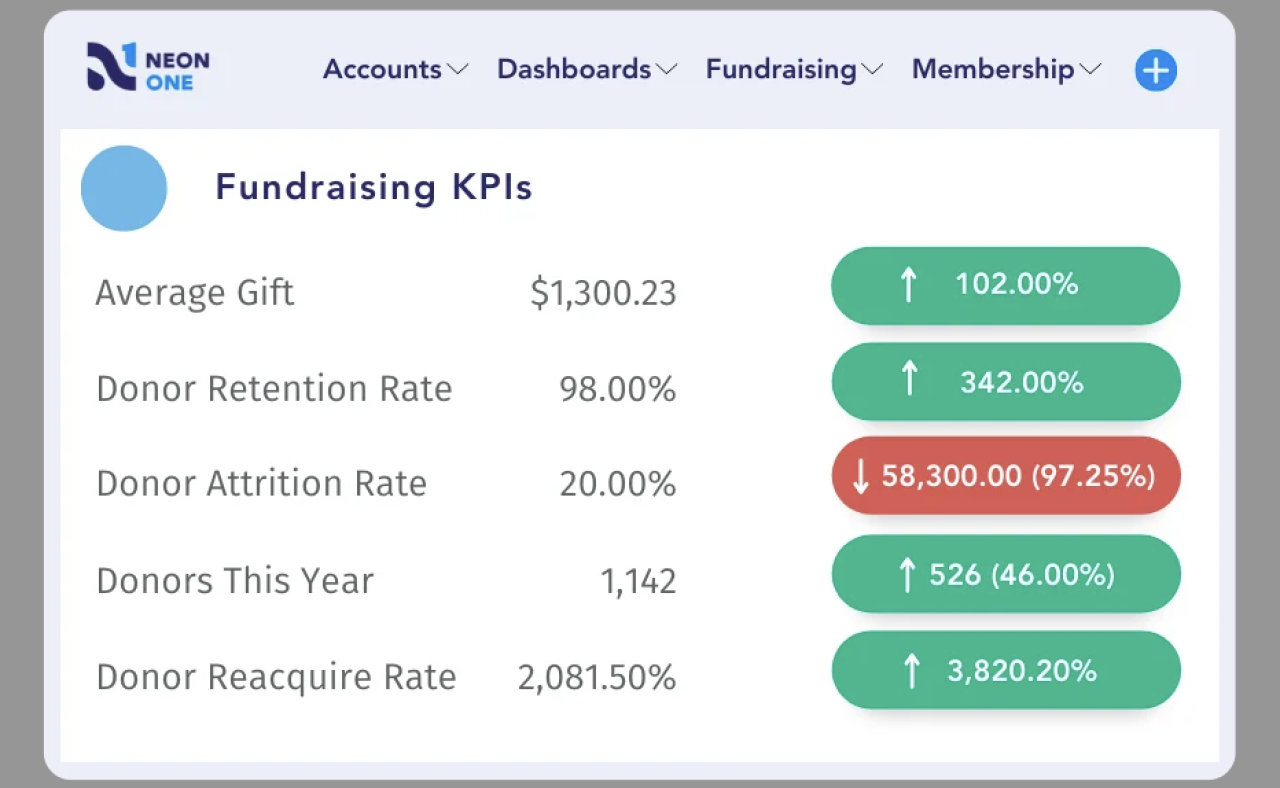
Protecting investor data is paramount in capital raising. A robust CRM system must prioritize data security and adhere to relevant regulations to maintain trust and avoid legal repercussions. Failing to do so can lead to significant financial and reputational damage. This section details best practices for securing sensitive data and ensuring compliance with regulations like GDPR and CCPA.Data security and regulatory compliance are not merely optional add-ons; they are fundamental requirements for any CRM used in capital raising.
The consequences of a data breach or non-compliance can be severe, including hefty fines, legal battles, and irreparable damage to your firm’s reputation. Therefore, a thorough understanding of these aspects is crucial before selecting and implementing a CRM solution.
Best Practices for Securing Sensitive Investor Data
Implementing robust security measures is crucial for safeguarding investor data within a CRM. This involves a multi-layered approach encompassing technical safeguards, procedural protocols, and employee training. A comprehensive strategy ensures that data remains confidential, available only to authorized personnel, and protected against unauthorized access, use, disclosure, disruption, modification, or destruction.
Regulatory Compliance Considerations
Choosing a CRM for capital raising necessitates careful consideration of relevant data protection regulations. The General Data Protection Regulation (GDPR) in Europe and the California Consumer Privacy Act (CCPA) in the United States are prime examples. These regulations impose strict requirements on how personal data is collected, processed, stored, and shared. Understanding these requirements and selecting a CRM that inherently supports compliance is vital to avoid penalties.
For example, GDPR requires explicit consent for data processing and provides individuals with rights to access, correct, or delete their data. CCPA similarly grants California residents specific rights concerning their personal information. Failure to comply with these regulations can result in substantial fines and legal action.
Features of a Secure CRM
A secure CRM for capital raising incorporates several key features designed to protect against data breaches and unauthorized access. These features include robust authentication mechanisms (such as multi-factor authentication), data encryption both in transit and at rest, access controls limiting user permissions based on roles and responsibilities, regular security audits and penetration testing to identify vulnerabilities, and comprehensive data loss prevention (DLP) measures.
Furthermore, a secure CRM should offer features like audit trails to track all data access and modifications, facilitating accountability and compliance investigations. Automated backups and disaster recovery plans are also critical to ensure data availability in the event of a system failure or cyberattack. Consider a CRM with built-in compliance tools that assist with tasks like data subject access requests (DSARs) under GDPR.
Finally, rigorous employee training on data security best practices is a critical component of a comprehensive security strategy.
Choosing the Right CRM
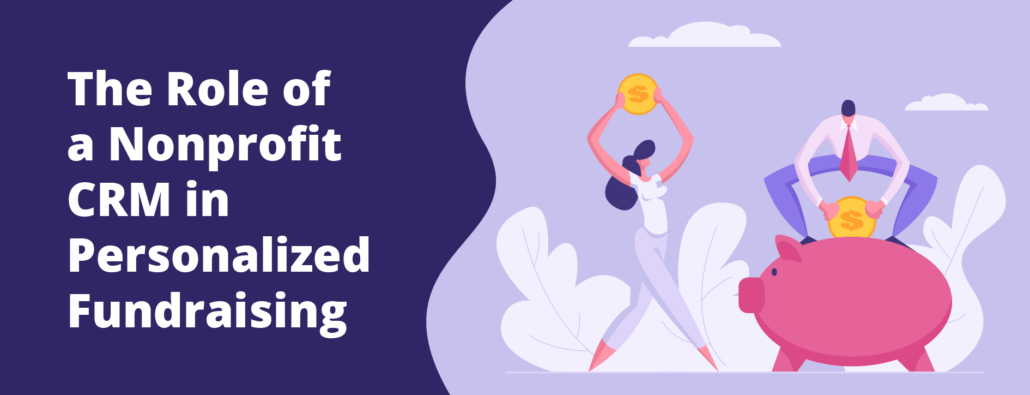
Selecting the optimal CRM for capital raising requires careful consideration of various factors, primarily aligning the system’s capabilities with your fundraising goals and budget. A well-chosen CRM can streamline operations, improve team collaboration, and ultimately boost fundraising success. The wrong choice, however, can lead to inefficiencies and wasted resources.
CRM Pricing Models and Budget Suitability
Different CRM providers offer various pricing models, each catering to different fundraising budgets. Common models include subscription-based pricing (often tiered based on features and user numbers), per-user licensing, and even one-time purchase options (less common for sophisticated CRMs). Smaller organizations with limited budgets might opt for a basic, subscription-based plan with limited features, focusing on contact management and basic reporting.
Larger organizations with more complex fundraising needs and larger teams may require a more comprehensive, higher-tiered subscription or even a custom solution, which naturally commands a higher price. It’s crucial to carefully evaluate the features offered at each pricing level against your specific needs to avoid overspending or under-resourcing. For example, a small non-profit might find a basic plan sufficient, while a venture capital firm would need a more robust system capable of managing complex deal flow and investor relationships.
Evaluating CRM Vendors
Evaluating CRM vendors involves a thorough assessment of their features, scalability, and customer support capabilities. Feature evaluation should focus on functionalities directly relevant to capital raising, such as contact management (including investors, prospects, and internal team members), deal tracking (including stages, deadlines, and associated documents), communication management (email, calls, and meetings), reporting and analytics (to track progress and identify trends), and integration capabilities with other essential tools.
Scalability refers to the CRM’s ability to adapt to your organization’s growth. Will the system handle an increasing number of contacts, deals, and users without performance degradation? Robust customer support is crucial for troubleshooting issues and ensuring a smooth implementation and ongoing usage. This includes readily available documentation, responsive technical support, and potentially training resources.
Decision Matrix for CRM Selection
A decision matrix provides a structured approach to comparing different CRM vendors based on your specific requirements. The following example demonstrates how to rate two hypothetical vendors (Vendor A and Vendor B) based on key features:
| Feature | Importance (1-5, 5 being highest) | Vendor A Rating (1-5) | Vendor B Rating (1-5) |
|---|---|---|---|
| Contact Management | 5 | 4 | 5 |
| Deal Tracking | 4 | 3 | 4 |
| Reporting & Analytics | 4 | 5 | 3 |
| Integration Capabilities | 3 | 2 | 4 |
| Customer Support | 5 | 4 | 3 |
| Scalability | 4 | 3 | 5 |
This matrix allows for a quantitative comparison, enabling a data-driven decision. By weighting the importance of each feature and assigning ratings to each vendor, you can easily identify the best fit for your organization’s needs. Remember to tailor this matrix to your specific requirements, including features like security, compliance, and specific integrations.
Illustrative Examples
The effective use of a CRM system can dramatically improve a company’s capital raising success. By streamlining communication, tracking progress, and providing insightful data analysis, a CRM empowers fundraising teams to work more efficiently and strategically. Let’s explore how this plays out in practice.
Hypothetical Scenario: Improved Capital Raising Through CRM Implementation
Imagine “GreenTech Solutions,” a renewable energy startup seeking Series A funding. Before implementing a CRM, their fundraising efforts were disorganized. They relied on spreadsheets, emails, and individual team members’ memories to track investor interactions, deadlines, and deal progress. This led to missed opportunities, duplicated efforts, and a lack of clear visibility into their overall fundraising pipeline.After implementing a dedicated CRM, GreenTech Solutions experienced a significant transformation.
They used the CRM’s contact management features to meticulously record details about each potential investor, including their investment history, areas of interest, and communication preferences. The deal pipeline feature provided a clear visual representation of their fundraising progress, allowing them to identify bottlenecks and prioritize their outreach efforts. Automated email sequences were used to nurture leads and keep investors updated on milestones.
Reporting features provided valuable insights into investor engagement, enabling them to tailor their pitch and communication strategies accordingly. The result? GreenTech Solutions secured their Series A funding significantly faster and on more favorable terms than initially projected, exceeding their fundraising goals by 15%.
CRM Dashboard Visualization: Key Capital Raising Metrics, Best crm for capital raising
The CRM dashboard for GreenTech Solutions provides a comprehensive overview of their fundraising efforts. The main section displays a visual representation of their deal pipeline, shown as a Kanban board with columns representing stages like “Prospecting,” “Pitching,” “Due Diligence,” “Negotiation,” and “Closed.” Each card represents an individual investor interaction, displaying the investor’s name, the deal size, and the current stage.
A progress bar below indicates the overall percentage of the fundraising target achieved. Another section displays key metrics such as the number of investors contacted, the number of meetings scheduled, and the conversion rate from pitch to deal closure. A separate section highlights investor engagement, showing metrics like email open rates, meeting attendance, and the frequency of communication.
This allows the team to identify which investors are most engaged and which require additional attention. Finally, a calendar view integrates all important deadlines and milestones related to investor interactions, ensuring nothing is overlooked. The entire dashboard is color-coded to provide a clear and intuitive visual representation of the fundraising progress and potential areas for improvement.
Closing Summary
Successfully navigating the capital raising landscape requires a strategic approach and the right tools. Choosing the best CRM is a pivotal decision, impacting efficiency, relationship management, and ultimately, the success of your fundraising efforts. By understanding your specific needs, carefully evaluating CRM features, and prioritizing data security, you can significantly enhance your chances of securing the necessary capital to fuel your growth.
This guide has provided a framework for making informed decisions, empowering you to select the CRM that best supports your unique fundraising journey.
Essential Questionnaire
What are the common pitfalls to avoid when choosing a CRM for capital raising?
Common pitfalls include overlooking data security, insufficient integration capabilities, lack of scalability, and inadequate customer support. Thorough vendor research and careful consideration of your long-term needs are crucial.
How can I measure the ROI of a CRM for capital raising?
Measure ROI by tracking key metrics like deal closure rates, fundraising time reduction, improved investor communication efficiency, and the overall increase in capital secured. Compare these metrics before and after CRM implementation.
What types of reporting are most valuable in a capital raising CRM?
Valuable reports include pipeline analysis, deal progress tracking, investor engagement metrics, fundraising campaign performance, and financial summaries. These provide crucial insights for strategic decision-making.

